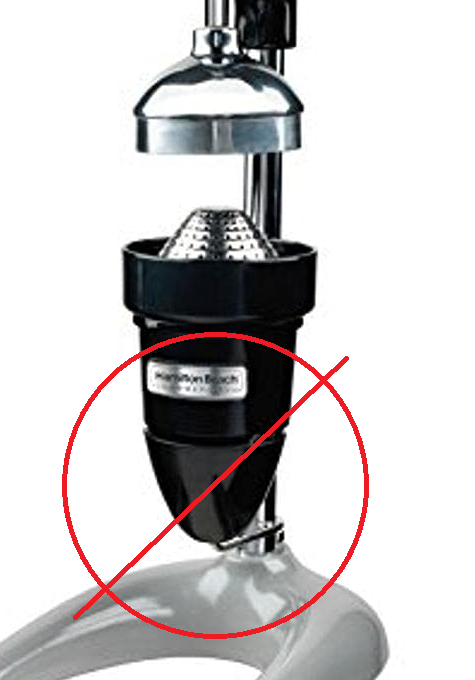So there we were: driving from Portland to San Diego, car full of apartment supplies and heading into the desert south of Eugene, OR on a 95F/35C day. When we hit the first hill, the AC makes a sound and switches from Max to Defrost and looses all efficiency. Ugh.
I had a hell of a time getting the air conditioning on my 2000s Mercury Grand Marquis to blow anything but Defrost/Floor. It started with family smelling exhaust when it was on Max AC/Recirculate. Then it would switch to Defrost when going uphill. Finally, it stopped sending air through anything by the top vent/floor. Turns out the vacuum-actuated doors run through the notoriously leaky EATC HVAC Control Head. The troubleshooting advice below should apply equally to any vacuum system Ford/Lincoln/Mercury AC units.
Initial Troubleshooting - O-Rings
If you're here, you have probably seen the archived MercuryMarauder.net thread with tons of advice, pictures, and fixes to help you get started. The best fix to start with is to swap out the o-rings inside the solenoids. The fix is a few dollars (007 O-Rings from any Ace should work, or get the silicone ones from eBay from sellers that have them specifically labeled for this fix). It can be done in an hour with the proper tools, and there are a ton of YouTube videos detailing the fix.
 |
| 007 O Rings at Ace hardware |
Next Step - Leaking Valve Body
Sometimes, the o-ring fix doesn't work. Farther down the thread, fastblackmerc details how to fix a leaky valve body -- the part that connects the hoses to the solenoids:
- Disassemble the EATC Head. Take off the solenoids completely so it is just black plastic.
- Plug the solenoid tubes with 5/8" vac caps (made mine out of kinked tubes)
- Plug the vac hose tubes with 1/8" vac caps (connected these to each other, see below)
- Check to see if the body is holding pressure: Hook a length of spare tube up to one of the tubes and blow with your mouth. If it's not holding pressure, you will hear a hissing from the tubes or body.
- Check where the leaks are coming from: Submerse the entire valve body in water and blow again. You'll see bubbles rising from the micro-cracks letting out the air.
- Dry off the valve body and cover/fill up cracks with 2-part epoxy. You can also use the same tube you used to blow in air to subject the valve body to a vacuum and draw the epoxy into the cracks. Careful! Don't get too aggressive with this or you might plug the pathways for vacuum.
- Wait for the epoxy to cure and repeat the check for cracks/fill steps until the valve body is no longer leaking.
For me, I took his advice and it still didn't work. I had leaks elsewhere. But it might work for you.
 |
| Valve Body with all it's holes plugged |
Desperation Move - Bypass Valve Body
If the fixes to the valve body are still not working, you might needs to bypass the head completely. This can be done as easily as hard-wiring 1/8" vacuum tubing to the two mixer doors that control air flow. Or you can follow a simple extra step to ensure you can restore Defrost as needed.
I followed Victor's video about the bypass. He gets under the dash (two plastic panel shield retainers hold it to a metal bracket) and is able to access the vacuum coupling behind the EATC Head. 1/8 hose and T connectors from AutoZone helped me get the bypass and Recirculate working just like him.
To take it a step further, I bought a 1/4 sprinkler valve from Lowes and patched it in with an additional T. Now I can turn the valve to open on cold mornings, let the vacuum out, and get Defrost/Floor when I want. I left the hose extra long and ran it up into the glove box. Easy access but still hidden.
 |
| Bodge under the dash for Recirculate |
 |
| Valve that an be opened at will for turning on Defrost/Floor |
Side Step - Check that the Door Actuators Still Work
If this isn't your first crack at the fix, you might want to make sure the door actuators are actually working. If the issue started occurring for you gradually, and all mix doors won’t respond, this is unlikely to be your problem. However, it can help to rule out all possible causes if it is driving you crazy.
To do this, you will need to access the vacuum lines (detailed above) and a length of vacuum hose and some fittings to get a good seal. You can either create your own vacuum with a hand-pump of the type used to bleed brakes, or pipe the existing vacuum main line from one line to each outlet and listen for the doors as they actuate beneath the dash. An extreme solution is pictured below. Using sprinkler fittings, I bodged together a 4-way plug to make sure I was getting Recirculate mode activated.
 |
| The hand pump vacuum is holding pressure. The EATC is probably at fault. |

















































